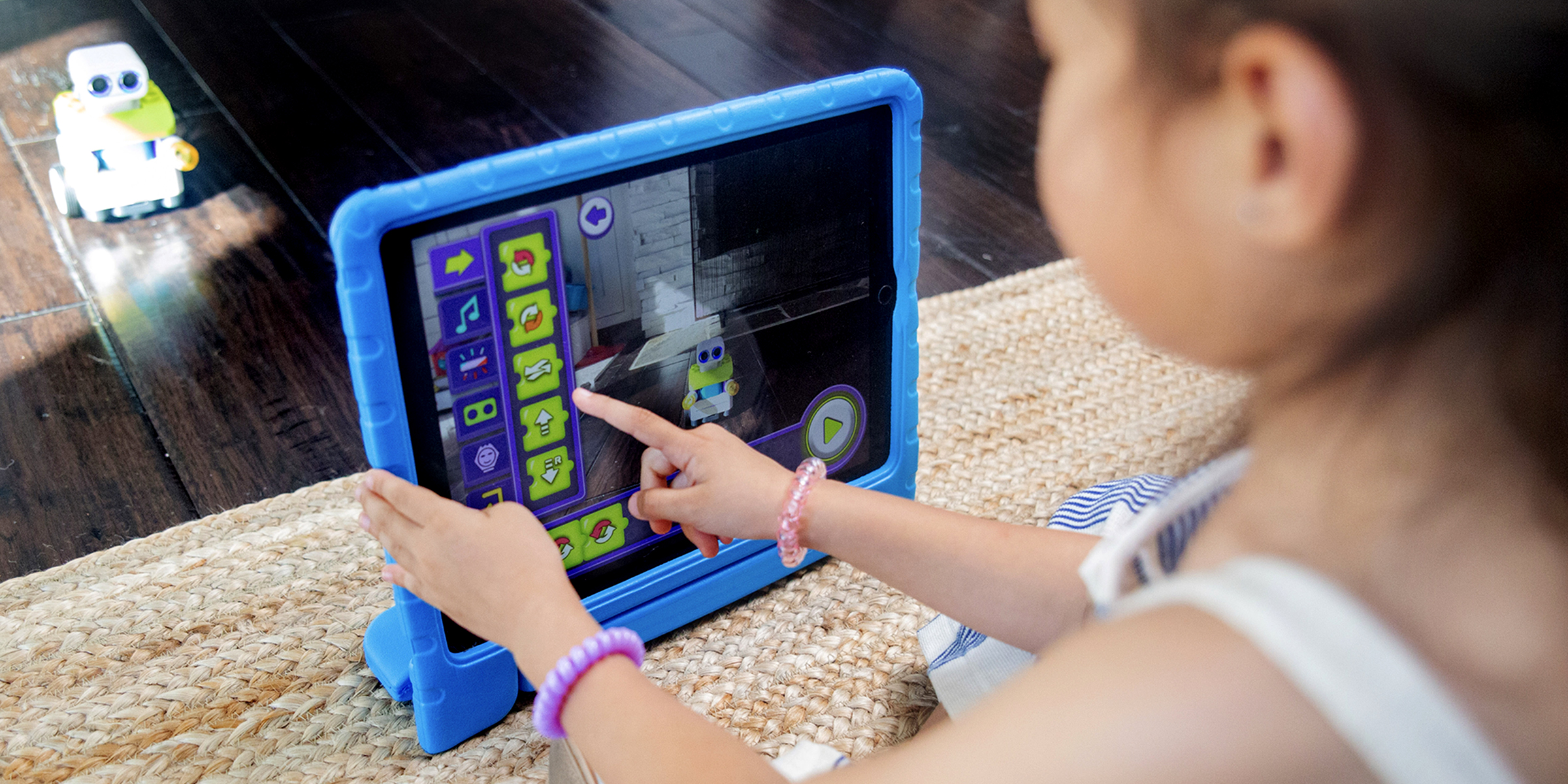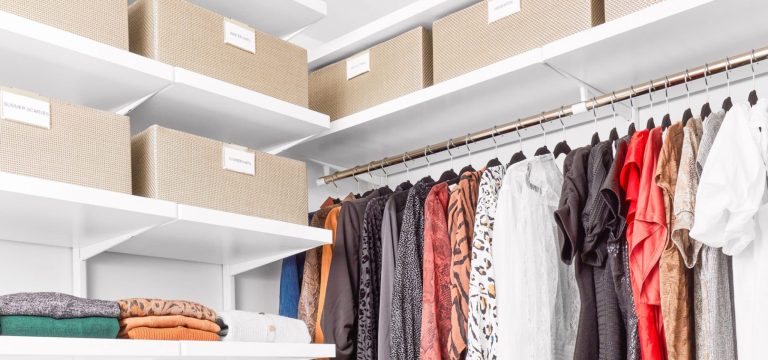Attending the Baby & Children International Toy Fair is a strategic move for toy sourcing, providing a unique opportunity to explore and connect with manufacturers, suppliers, and innovators in the realm of child development and learning through play. This exposition is renowned for being a melting pot of creativity, offering a diverse range of educational toys designed to enhance cognitive, emotional, and physical development in children. This document outlines the key aspects of educational toy sourcing at the fair, highlighting the potential benefits and insights gained from this experience.
Event Overview:
The Baby & Children International Toy Fair is a globally recognized platform that brings together industry leaders, emerging brands, and educators, with a primary focus on toys tailored for the developmental needs of children. The fair encompasses a vast array of educational toys, from traditional learning aids to state-of-the-art technological innovations designed to engage, inspire, and educate.
Key Aspects of Educational Toy Sourcing:
- Exhibitor Showcase:
The fair’s exhibitor showcase is a treasure trove of educational toys from around the world. Manufacturers and suppliers present their latest offerings, providing an opportunity to explore a wide spectrum of educational products. The diversity of exhibitors ensures exposure to various educational philosophies and approaches.
- Networking Opportunities:
One of the primary advantages of attending the fair is the chance to network with industry professionals, including manufacturers, distributors, and educational experts. Networking facilitates valuable connections that can lead to collaborations, partnerships, and a deeper understanding of industry trends.
- Product Demonstrations and Workshops:
The fair often includes live product demonstrations and workshops. These sessions allow attendees to gain hands-on experience with educational toys, understanding their functionalities, effectiveness, and potential applications in educational settings.
- Visual Representation (Appendix):
Include visually engaging representations of notable educational toys discovered during the fair. These visuals could take the form of images, charts, or tables, all appropriately labeled and formatted.
Analysis of Educational Toy Trends:
- Technological Integration:
Explore the prevalence of technology in educational toys, understanding how digital innovations are incorporated to enhance learning experiences.
- Sustainability and Eco-Friendly Toys:
Assess the growing trend of sustainable and eco-friendly educational toys. Analyze the materials used and the emphasis on environmentally conscious designs.
- Inclusive and Diversity-Focused Toys:
Examine the representation of diversity and inclusivity in educational toys. Evaluate how manufacturers are addressing the importance of providing inclusive learning experiences for children.

Conclusion:
Attending the Baby & Children International Toy Fair for cis a strategic investment in staying abreast of industry trends, fostering collaborations, and discovering innovative products that align with educational goals. This experience not only enriches the sourcing process but also contributes to the creation of a more impactful and diverse range of educational toys.
Formatting Guidelines:
This document adheres to the formatting guidelines outlined in Janet’s communication class and complies with the specific instructions provided on D2L. The visual representations in the appendix are meticulously labeled and formatted for clarity and professionalism.
















+ There are no comments
Add yours